If you want to get your feet wet with macro or close up photography, extension tubes can be a low cost solution to turn an ordinary lens in to a sort-of macro lens, or increase the magnification of an existing macro lens. I have used extension tubes for many years to increase the magnification of my lenses so I can really fill the frame with my subject when doing close-up work. They are lightweight and do not degrade the image quality at all since there are no optical elements in the extension tubes. They are merely spacers that go between the lens and the camera body to move the lens further away from the focal plane, thereby increasing magnification and reducing the minimum focusing distance. All of this means you can achieve focus closer to your subject, filling your frame with the subject.
These days with high mega-pixel cameras, many folks may simply use whatever lens they have and then just crop the image so it’s a tight perspective. That’s OK, if that’s what you want to do. However, a lot of lenses can’t focus super close, meaning you’ll have to be far away from your subject and may end up cropping over 50% of the image, throwing away all that great info! By using extension tubes, you can get close to a 1:1 true macro magnification and you don’t have to crop out any pixels! You will have the full resolving capability of your sensor and your subject filling the frame!
Call me Old School, but I am a believer in getting it right in the camera. That’s why I still use a small selection of filters and extension tubes in order to get the shot as “right” as I can in the camera. I appreciate the art of composition, while in the field working with my subject. Instead of waiting until I get home and sitting in front of a computer.
Extension tubes come in different sizes, or thicknesses. Some have electrical contact built in so that your camera and lens can talk to one another.  Those that don’t have electrical contacts require you to manually focus the lens and know when it is properly focused. On my Fujifilm X-Series cameras, I have been using the Meike extension tubes, in 10mm and 16mm sizes. I use either one depending on how close I want to get to my subject. Normally, my Fujifilm 60mm macro lens has a minimum focusing distance of 10.5″. When I put on one of the extension tubes, I can shorten the focusing distance to 8″ and 6″, really getting in close to the subject. My extension tubes have built in electrical contacts so that I have full functionality with the lens. This set of two extension tubes cost me less than $50, which is far cheaper than buying an expensive macro lens. Notice in the image on the right, the electrical contacts and there is no glass elements inside…they are merely spacers between the body and the lens.
Those that don’t have electrical contacts require you to manually focus the lens and know when it is properly focused. On my Fujifilm X-Series cameras, I have been using the Meike extension tubes, in 10mm and 16mm sizes. I use either one depending on how close I want to get to my subject. Normally, my Fujifilm 60mm macro lens has a minimum focusing distance of 10.5″. When I put on one of the extension tubes, I can shorten the focusing distance to 8″ and 6″, really getting in close to the subject. My extension tubes have built in electrical contacts so that I have full functionality with the lens. This set of two extension tubes cost me less than $50, which is far cheaper than buying an expensive macro lens. Notice in the image on the right, the electrical contacts and there is no glass elements inside…they are merely spacers between the body and the lens.
You theoretically can use extension tubes on any focal length of lens. However, the effectiveness of a magnification boost decreases as the focal length increases. Said another way, longer lenses don’t benefit as much as shorter lenses. The other big note when using extension tubes is that your depth of field may get shallower. You might have to increase your aperture a bit to achieve the same depth of field when using extension tubes. You may also experience a decrease in light, perhaps a stop or two, which will require slightly longer shutter speeds. This shouldn’t be much of an issue for you, unless your subject is slightly moving.
Remember, when your magnification increases (just like using long telephoto lenses) any slight vibration in your camera will be magnified. I highly recommend using the timer function on your Fujifilm camera, or a remote trigger of some sort. You don’t want micro-vibrations from your hands making your images blurry. Close-up and macro shots are often known for the resolving sharpness and you don’t want to do anything to impact your images sharpness.
I recently went down to the local dahlia fields to shoot flowers. I was using my GFX50s and 120mm macro. 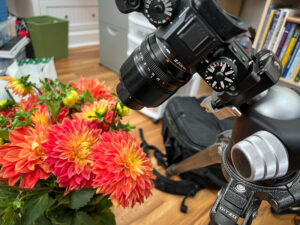 This particular lens has a minimum focusing distance of almost 1 1/2 feet!!! I couldn’t get as close as I wanted to for a couple of shots, which prompted me to think about my extension tubes for my X-Series cameras. I bought a bouquet of flowers for my wife from the farm and then promptly “borrowed” them to be my subject for this article. In this image you can see my X-T3 with a 60mm macro lens and a 10mm extension tube. What can be quite fun is shooting close-ups at home. You have the comforts of your own home, no wind blowing, no risk of sprinklers dousing you and all the time you need to compose and execute your shot.
This particular lens has a minimum focusing distance of almost 1 1/2 feet!!! I couldn’t get as close as I wanted to for a couple of shots, which prompted me to think about my extension tubes for my X-Series cameras. I bought a bouquet of flowers for my wife from the farm and then promptly “borrowed” them to be my subject for this article. In this image you can see my X-T3 with a 60mm macro lens and a 10mm extension tube. What can be quite fun is shooting close-ups at home. You have the comforts of your own home, no wind blowing, no risk of sprinklers dousing you and all the time you need to compose and execute your shot.
Now, using my X-T3/60mm combination, I had a 10.5″ minimum focusing distance. I was able to create a nice shot like this

It’s a nice shot of the center of the flower with petals radiating outwards. Kind of a typical dahlia shot that I would shoot. The center, or pistl, of a flower can be so interesting that often times I want to get in closer to unlock some amazing shapes, patterns and colors. Using the above image, I could crop in to the center of the flower, but I would lose about 50% of the image doing so. I wouldn’t be able to print large or display with any sense of fine resolution.
From the above shot, I fitted the 10mm extension tube and moved my tripod closer to the flower, as close as I could and still achieve focus lock. This is the smallest, or least strongest, extension tube that I have and it brought me so much closer to the center, more of what I was wanting.

This is a full size image, it hasn’t been cropped. Look at that difference in magnification! I am able to get right in to the fine details of the flower and achieve focus. The camera was about 7″ away from the flower when I shot this. This is close to true macro magnification!
Taking this a step further, I put on the 16mm extension tube. This is more than I wanted for the shots I hoped to get, but I wanted to show you want is possible at even more magnification.
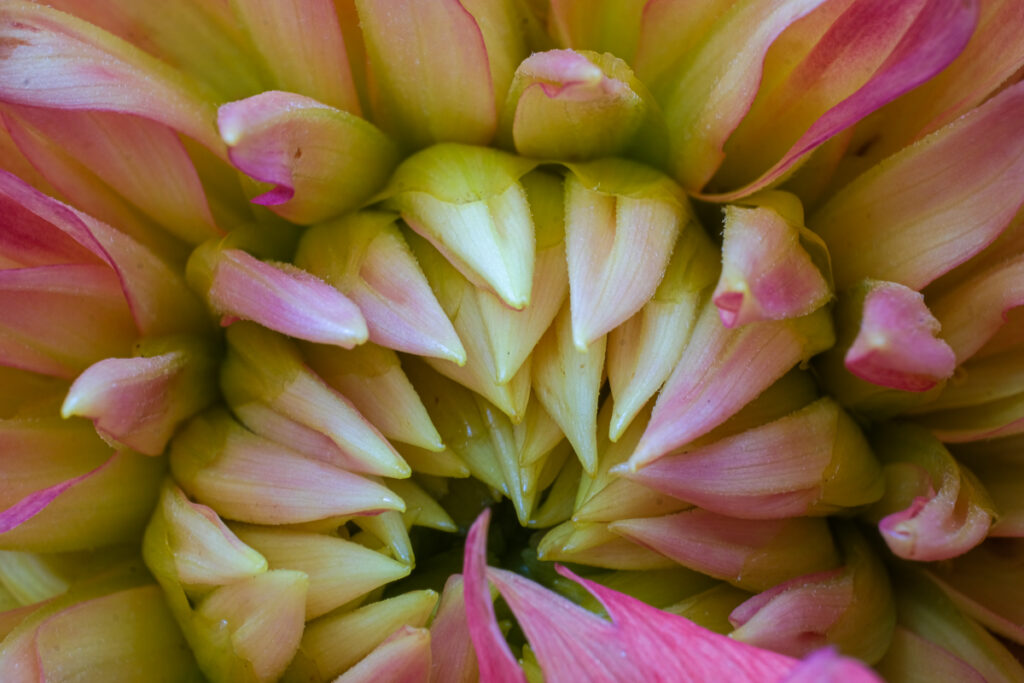
Now this is close!!! With the 16mm on, my camera was about 5-6″ away from the flower and I was able to get focus lock anywhere within the frame. Again, NO CROPPING! This is straight out of the camera with just small tweaks in Lightroom.
Continuing to use the 16mm, I took a couple more shots just for fun to show you what can be possible at extreme magnification.
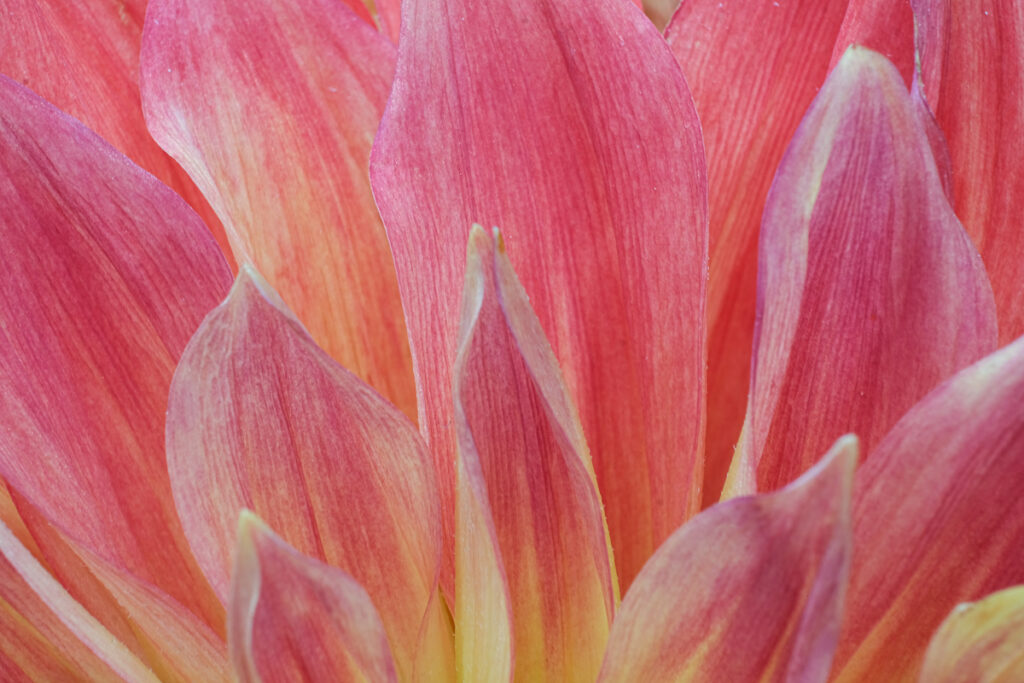
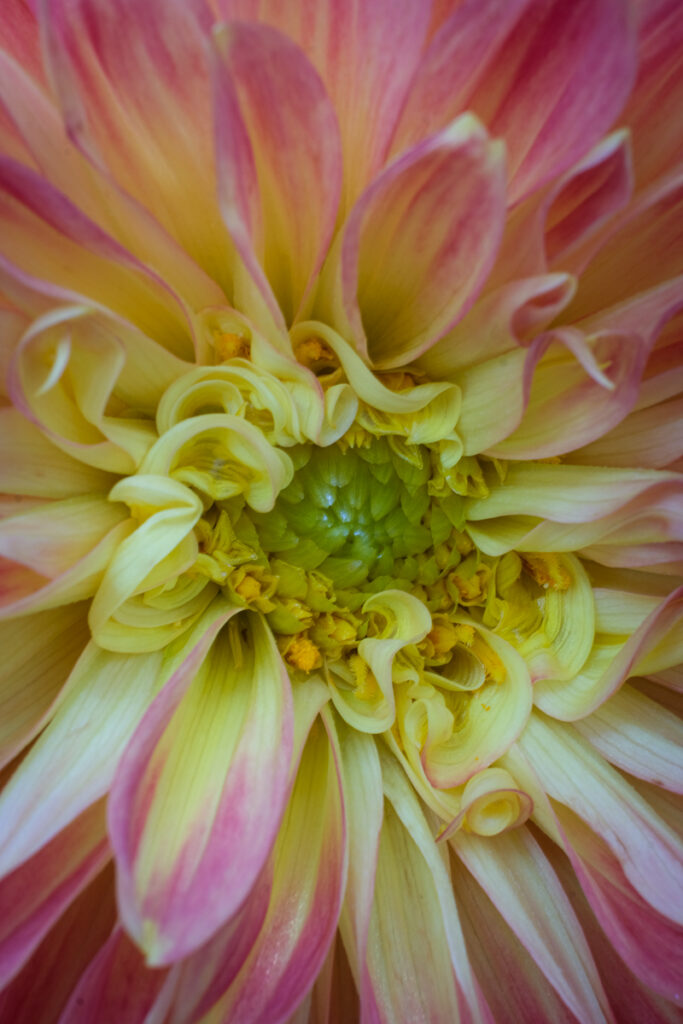
For this last shot I pulled the camera/tripod back from the flower to include more of it and check the depth of field moving out from the center of the flower. Notice the big petal in the lower left and how it got soft…that’s just a function of shallower depth of field using extension tubes. If I wanted, I could have done a focus stack to make every part of the image sharp and in focus, but I kind of like the softer look in this.
So, there ya have it, a quick explanation and example of what you can do with extension tubes. They are a lightweight and low cost way to get in to macro or close-up photography without breaking the bank to buy a high-dollar macro lens. I hope that you feel inspired to get in close and unlock the world at a small level without cropping your images!

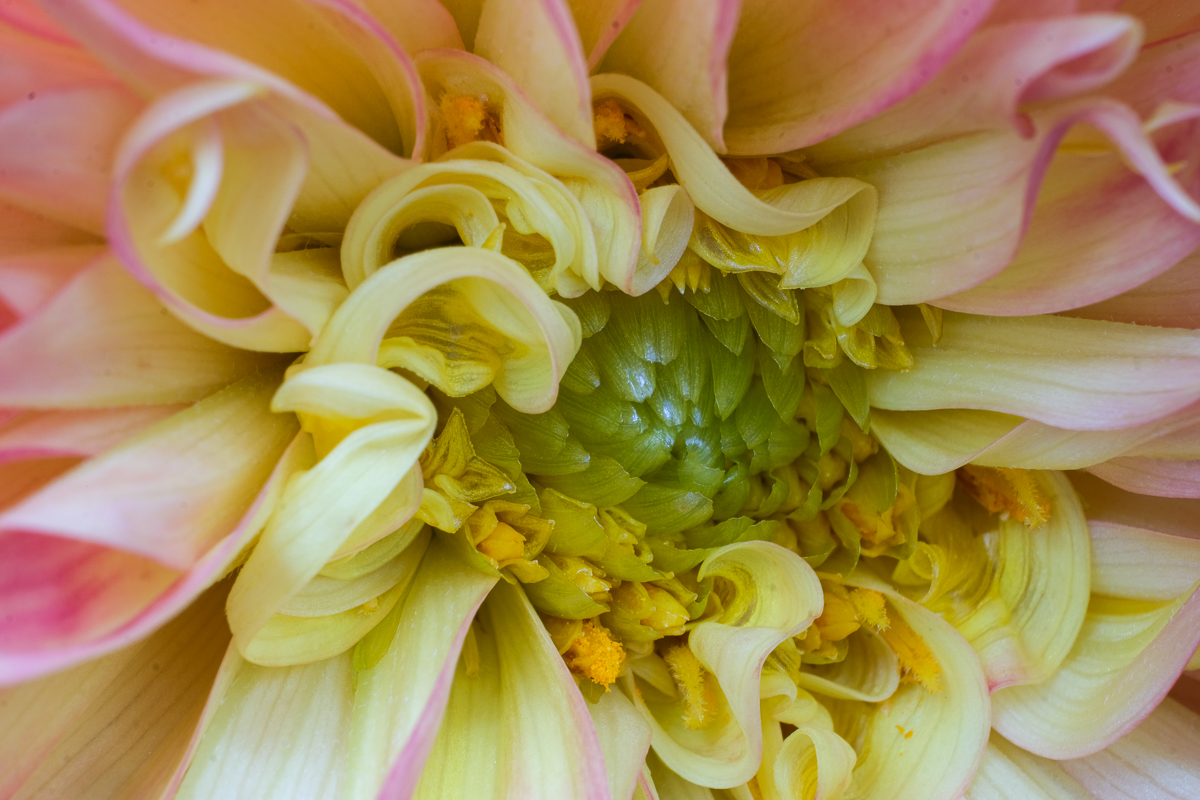
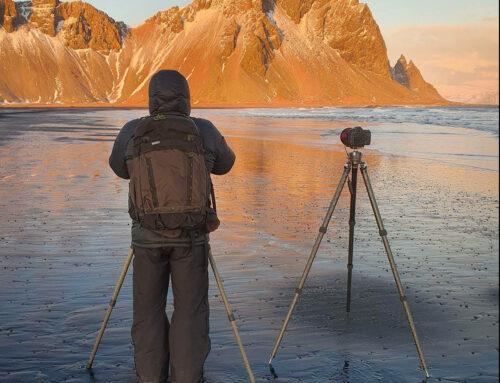
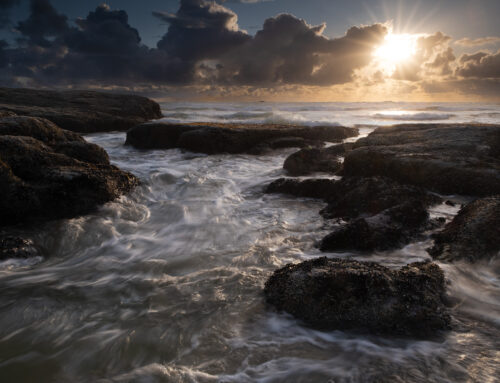
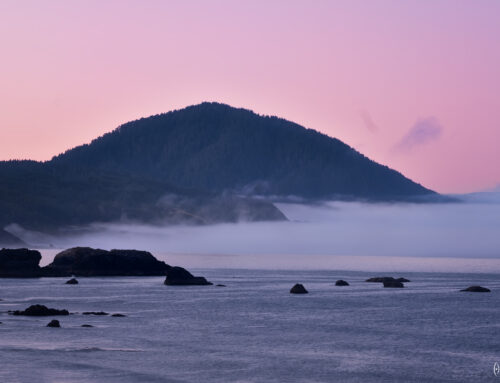
Leave A Comment